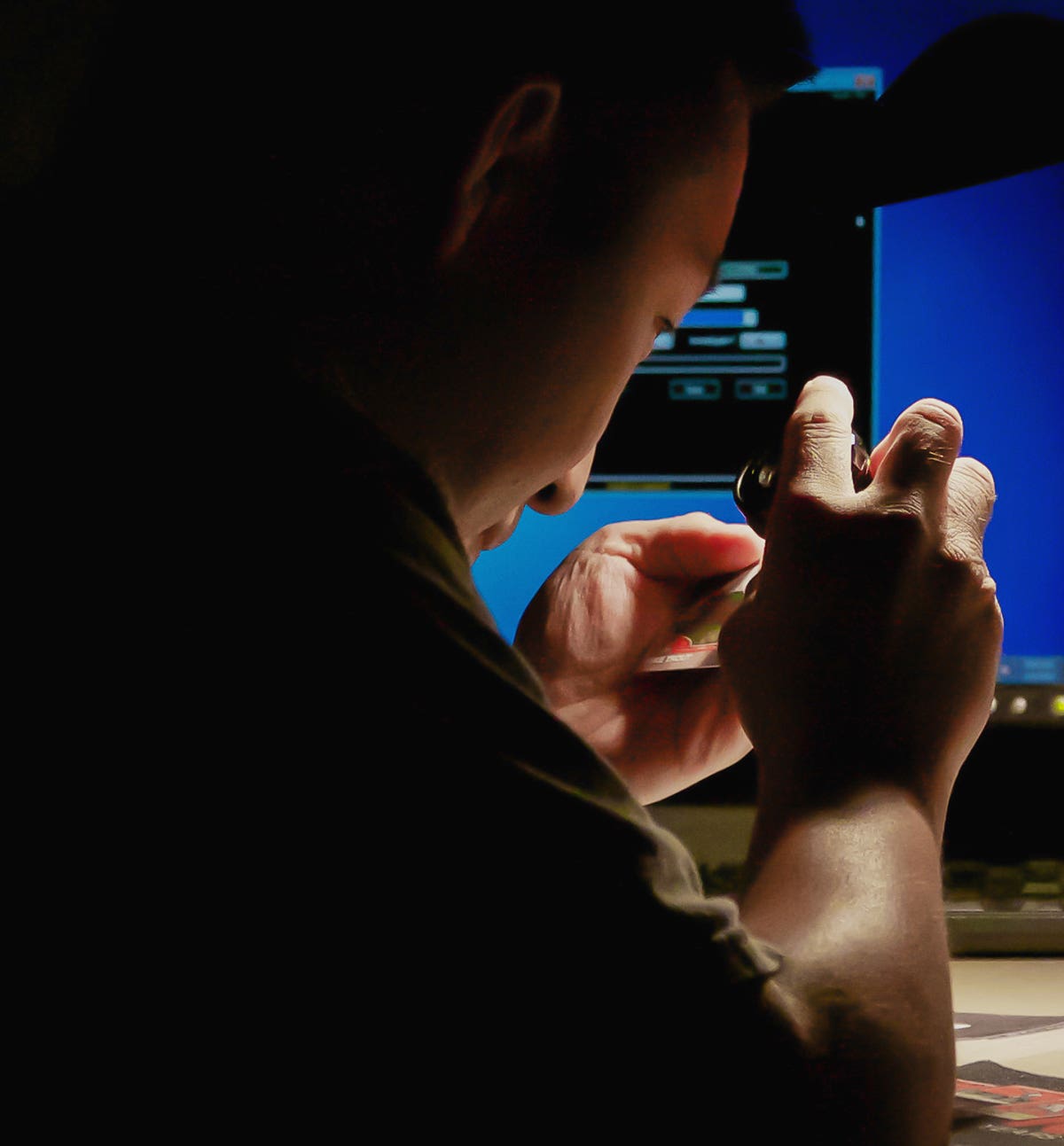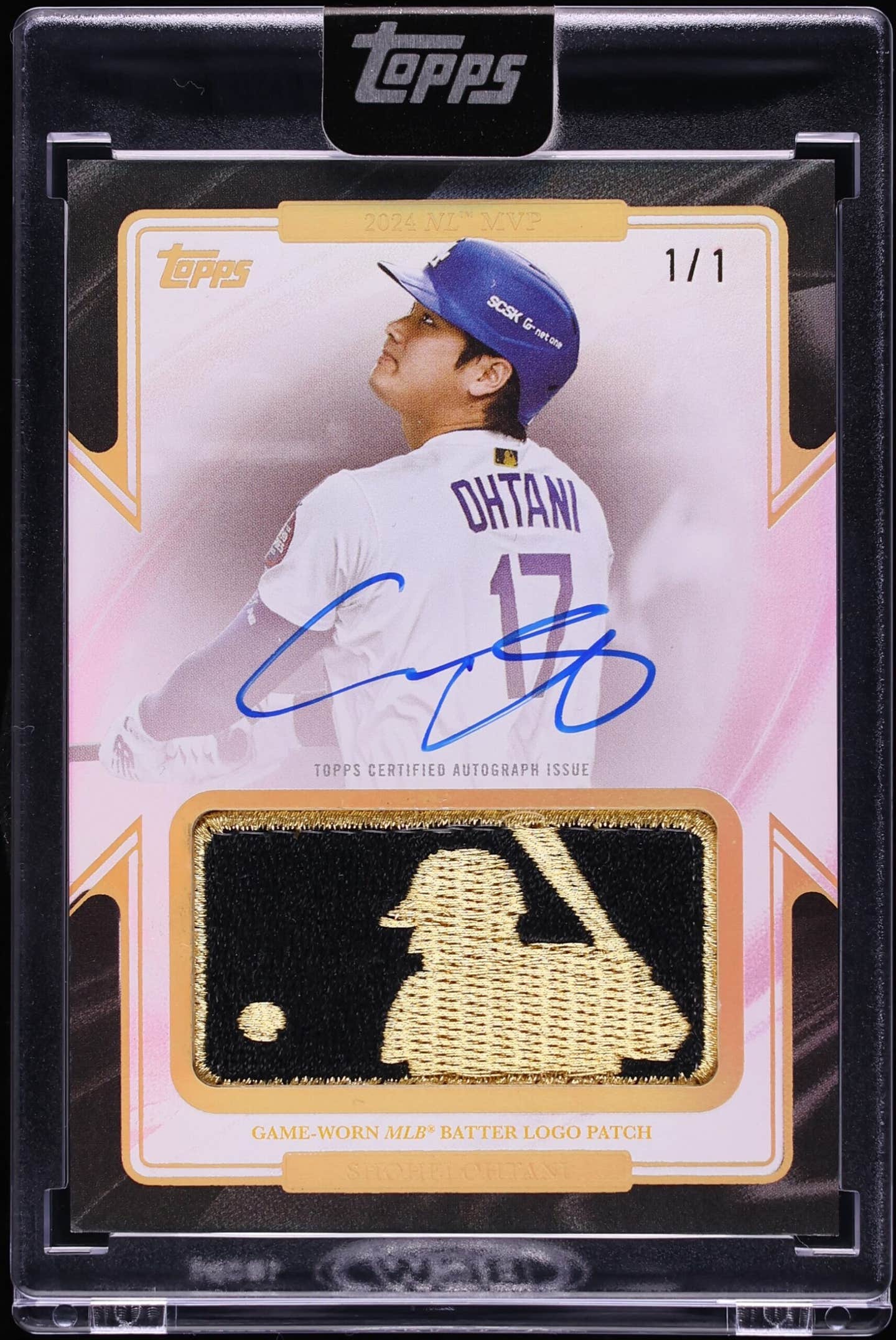News
Celebrating 35 Years Since the ‘Miracle on Ice’
By Paul Post
Ken Morrow’s four Stanley Cup rings are high on his list of prized memorabilia from his standout NHL career with the New York Islanders.
But nothing tops the gold medal and other collectibles he earned as a member of the “Miracle on Ice” 1980 U.S. Men’s Hockey Team that stunned the world by defeating a highly-favored Soviet squad at the Winter Olympics in Lake Placid.
“When you win a Stanley Cup, the New York and Long Island area was certainly excited about that,” said Morrow, the Islanders‘ current director of pro scouting. “But with this, it was a whole nation. It’s tough to compare the two.”
On Feb. 21-22, Morrow and his Olympic teammates gathered in Lake Placid for a 35th anniversary celebration of their monumental achievement. It was their first time back together, minus defenseman Bob Suter, who passed away last September from a heart attack.
Suter’s No. 20 jersey was raised to the rafters during a moving ceremony at the Herb Brooks-1980 Arena, as 5,000 fans chanted “USA!, USA!” – echoing cheers that filled the rink during the 1980 Winter Games.
“One of Herb’s (coach Herb Brooks) favorite sayings was: ‘Success happens when preparation meets opportunity,’ ” Morrow said. “Herb prepared us incredibly well throughout the season. The opportunity presented itself here at Lake Placid. We took advantage of it.”
Morrow, who lives in Kansas City, doesn’t need to be reminded about the feat’s significance, but his collectibles bring back fond memories just the same.
“I have some old equipment, some pennants that you hang on the wall, some souvenirs that we had bought up here, and collectible pins that were such a big deal back then,” he said.
Somehow, the 1980 team continues to inspire people, including many who weren’t even born then.
“When we get together like this, all of the talk is about, ‘Do you believe this is still going on?’ ” Morrow said. “If anything, it seems to be growing in stature and interest. The most common thing for me over 35 years is that somebody will come up to me, and the first thing they want to do is tell you their story. Whether it’s: ‘I was a kid watching on TV’ or ‘I was in Lake Placid,’ and they’ll tell you how it affected their lives. I get that through people coming up to me. I get it through people writing me letters. I still get mail every day, 35 years later.”
Morrow always obliges requests for autographs. Fans flocked to have him sign jerseys and other articles during the team’s reunion in Lake Placid.
A 1976 Islanders draft pick, he joined the team right after the Olympics and helped them win the first of four straight Stanley Cup championships in 1980, making him the first player ever to win an Olympic gold medal and Stanley Cup in the same year, only months apart.
A defenseman, Morrow was on the ice for the Soviet game’s final 90 seconds, “just trying to get the puck over the blue line,” he said.
Team captain Mike Eruzione scored midway through the third period to put the U.S. ahead, 4-3, with 10 minutes left to play.
“That was the longest 10 minutes of my life,” defenseman Bill Baker said. “It seemed like the Russians were always able to turn it up a notch when things got down to the wire. We couldn’t get the puck out of our end. We were just hanging on.”
But they did, forever changing the course of U.S. hockey history.
Defenseman Mike Ramsey, who became a four-time NHL All-Star, has plenty of “Miracle” memorabilia, too.
“I have pretty much everything except for my white jersey, which was stolen after the Olympics,” he said. “We went to New York right afterward for an event. Shame on me for putting it in my hockey bag. When I got home it wasn’t in my hockey bag any more.”
“As far as other stuff, my kids were wearing my jerseys sledding and skating,” Ramsey said. “I put a stop to that once I found out the value of all that stuff. They used to wear it to school. Now it’s locked up. It’s not even displayed. My medal is in a safe deposit box.”
Like other players, he’s continually amazed at the 1980 team’s impact on hockey throughout the country.
“I always joke that 50,000 people were in that rink because I’ve had 50,000 people tell me they were at that game,” he said. “Obviously, it only holds 9,000. But it’s a feel-good thing in history, so you can grab a hold of it and hang on to it.”
Much has been written about the Soviet game’s political implications, with the Cold War still raging. Players say it was just a hockey game, nothing more.
“I don’t think half of us knew where the Soviet Union was,” Silk said. “If someone asked us about [Mikhail] Gorbachev, we would have said he was a left winger.”
Players have gone on to all different walks of life. Silk is a Boston investment banker. Baker, from Minnesota, is an oral surgeon. Steve Christoff is an airline pilot. Neil Broten runs a horse farm in western Wisconsin.
Broten, along with goaltender Ed Belfour, is one of only two players to win hockey’s version of the Triple Crown – a NCAA title, Olympic gold medal and Stanley Cup. In 1981, he also won the first-ever Hobey Baker Award, given annually to the top collegiate player in America. So he, too, has no shortage of championship memorabilia.
However, Broten can’t help marveling at how many fans proudly wear replica 1980 USA team jerseys and apparel.
“It’s incredible,” he said. “It brings back a lot of memories.”
At 19, he was one of the youngest players on the team.
How did it happen?
“Working hard, playing together as a team, good things happen sometimes. It was like being on top of the world,” said Broten, describing the win over the Soviets, followed by the gold medal game two days later against Finland. “It was a thrill just being on the team, let alone accomplishing something most of the guys on the team didn’t think we were going to accomplish.”
Throughout Lake Placid, storefront windows are filled with Winter Olympics collectibles, including pennants, mugs, souvenir programs and tickets to the opening and closing ceremonies. One shop, Adirondack Outlet, has dozens of old patches from the Games, along with a variety of other vintage sports equipment.
A benefit silent auction, held during the “Miracle on Ice” program, featured everything from autographed pucks and photos to Jim Craig’s goaltender sticks.
Left wing Buzz Schneider saved everything from his Olympic experience.
“I’ve got my gold medal; I’ll never sell that,” he said. “I’ve got my ring and jerseys.”
During the program, fans were treated to replays of key moments during the Olympic hockey tournament, on the arena’s large video screen. Scenes from the 2004 Disney movie, Miracle, starring actor Kurt Russell as coach Brooks, were also shown.
Individually, players brought these moments back to life by describing the action in detail. One of Brooks’ greatest accomplishments was bringing together kids from different parts of the country and molding them into a winning unit. The team had 12 players from Minnesota, four from Boston and two each from North Dakota and Michigan.
“We e-mail each other all the time,” Schneider said. “If somebody saw our e-mails they wouldn’t believe it. Everybody’s jabbing everybody else, kidding around; it’s a good bunch of guys.”
Their close friendship, filled with good-natured banter, was clearly evident during the “Miracle on Ice” program, as the whole team gathered on stage, clad in red-white-and-blue jerseys. Forward John Harrington joked about his pass that set up Eruzione’s game-winning goal against the Soviets.
“I looked up and saw this 25-year-old guy that had been playing in the low minors and thought, ‘He’s got no future in the game. Why not pass it to him and let him make millions for the next 35 years?’ ” Harrington said.
“You weren’t that smart to think that quickly,” Eruzione fired back.
Laughing, Silk recalled Brooks’ brutal assessment of his play in the weeks leading up to Lake Placid.
“You’re playing worse every day and right now you look like next week,” the coach told him.
Turning serious, Silk credits Brooks with making him achieve things he never thought possible.
“Two things stand out for me,” he said. “One is that Herb was able to get more out of me than I ever thought I could get out of myself, and two, Herb saw more in me than I think I ever saw in myself. He made me understand that being a high achiever is within anybody’s capability. I’m not sure I would have known that had I not been drawn out of my comfort zone by Herb.”
When players’ hopes and dreams were on the line, Brooks told them, “This is your time.” It’s one of the most famous scenes from the movie Miracle.
Left wing Phil Verchota, a small-town bank president in northern Minnesota, said, “The younger generation is actually learning about the (Soviet) game through the movie. It was so good to see that they did a good job with that movie. That’s helped the story along.”
Another famous scene shows Brooks putting players through a punishing drill of end-to-end sprints after failing to play their best in a game prior to the Olympics.
“Again!” he yells, time after time. “Again!”
The next day the U.S. beat Norway, 8-0.
“We learned a valuable lesson, never again not to respect your opponent,” Eruzione said.
By the time they arrived in Lake Placid, the U.S. team had the best-conditioned players in the world, Morrow said. It explains why they outscored other teams, 16-3, during third-period action at the Olympics.
Trailing 3-2 after two periods against the Soviets, the Americans scored twice during the first half of the third period, and outskated and outworked their opponents to capture the win.
In similar fashion, the U.S. put up three third-period goals against Finland in the gold medal game, after falling behind, 2-1.
“If anybody did anything less, we don’t win,” defenseman Jack O’Callahan said. “This is the purest team I’ve ever been around.”
“For 35 years we’ve all been blown away by the response to our victory,” Eruzione said. “It’s a sporting event that touched the lives of a nation. The nation felt a part of it. That’s what makes it so special.”
Paul Post is a frequent contributor to SCD. He can be reached at paulpost@nycap.rr.com.








